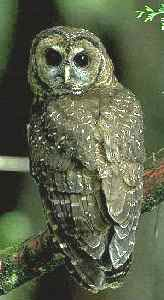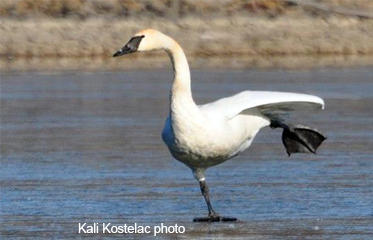 Efforts around the country to remove troublesome creatures — whether invasive or otherwise — have been met with a variety of reactions. In all cases the creatures are being removed because they are harming an ecosystem.
Efforts around the country to remove troublesome creatures — whether invasive or otherwise — have been met with a variety of reactions. In all cases the creatures are being removed because they are harming an ecosystem.
No one seems to mind that California Fish and Wildlife Department is removing South African clawed frogs from Golden Gate Park. The frogs are not native to the area, they completely destroy the habitats they invade, and they carry a fungus that is deadly to native amphibians. Read about the recovery effort in Bay Nature.
In Michigan, the Department of Natural Resources would like there to be fewer invasive mute swans. Mute swans are aggressive and don’t allow the native trumpeter swans or loons to nest. (They also have it in for ducks and geese.) Plus, they eat so many wetland plants that they can destroy wetlands. Oiling eggs has been too costly and too slow, so the department will begin to kill mute swans. Michigan Live has published several articles on the subject.
Here’s Michigan Live on why.
Here’s the plan in one county.
And here the reaction to the plan in that county.
And then there are barred owls. They’ve long been identified as a threat to northern spotted owl recovery in the Pacific Northwest. Spotted owls rely on old-growth forests. Barred owls are not so picky, and have moved into the spotted owls’ turf as the habitat has become more variable, because the old-growth forests were cut. The U.S. Fish and Wildlife Service has decided to start killing barred owls to try to improve matters for the spotted owl. The Oregonian did two stories on the situation. This one several years ago. And this one now that the program has begun.
There’s been no shortage of news coverage. See a lot of it here.
Photo: Spotted owl, courtesy US Fish and Wildlife Service

